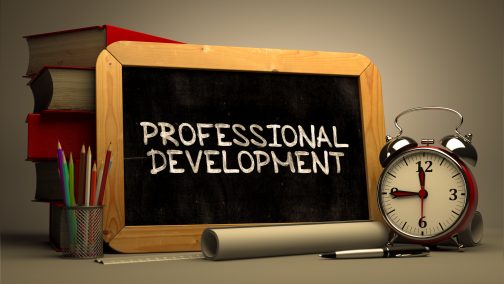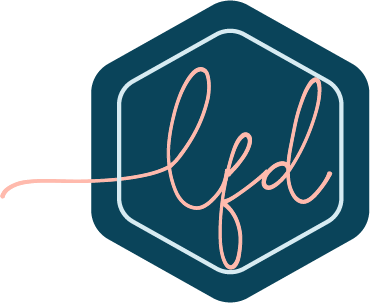
What is the best professional development you have attended? Do you also remember your least favorite? Typical professional development focuses on new knowledge, skills, and strategies but is that enough? Informational learning is important; it directly connects to our basic current beliefs. We must also include transformational learning because major change requires alterations to our basic beliefs.
New Knowledge. New Ways of Thinking
All learning involves change, and everyone responds to change differently. Resistance to change is one of the key factors for unsuccessful professional development. Change and it’s subsequent resistance needs to be addressed while planning for PD. Change is a long-term process thus we can’t fit everything needed into an after-school training session.
Effective professional development addresses individual concerns through appropriate support. Everyone enters the change process at different points, with different concerns, and progress at different rates. The uniqueness of professional development attendees is equivalent to the uniqueness of a classroom of students. How can we begin to plan for all these challenges?
CBAM Model of Change
CBAM Model of Change includes seven stages that one goes through as they move through their concerns about a new practice. CBAM is a well-researched model that can be used to drive decisions and actions. With this knowledge, support can be provided targeting specific concerns. Below is a list of the stages:
- 0 – Awareness: What is it?
- 1 – Informational: How does it work?
- 2 – Personal: What do I have to do?
- 3 – Management: How can I make it work?
- 4 – Consequence: Is this worth it?
- 5 – Collaboration: How do others do it?
- 6 – Refocusing: Is there anything else better?
In our classrooms, kids enter learning activities at different places, likewise, teachers enter the change process created by professional development at different levels. Good professional development provides support and sustainability through mentor coaching, resources, time, and other areas of support.
For each CBAM stage, we can provide a variety of support. For example, if someone is at the awareness level, the leader could Involve the person in discussions about the change. They would share enough information to gain interest, but be very careful not to overwhelm them. You might even test out the information you intend to provide on a friend you feel would be in one of the first levels of CBAM. It is easy to get excited about the possibilities and inadvertently overwhelm several participants.
Another example would be for the management level. One could provide answers that address specific how-to issues. You could even meet with a small group to demonstrate specific practical solutions. Once someone has reached the last stage, refocusing, you can simply encourage them to experiment with the new ideas. Then have them share with others in the last two stages. There is power in collaboration!
CBAM can be applied to a variety of situations even outside of education. In a future post, I will share another change model specific to the professional development of teachers. I’ll be interested to see what your thoughts are on the two models and if there is room for both.
What are other ways you have found to move professional development from information to transformational learning? Are there other change models you have incorporated?







